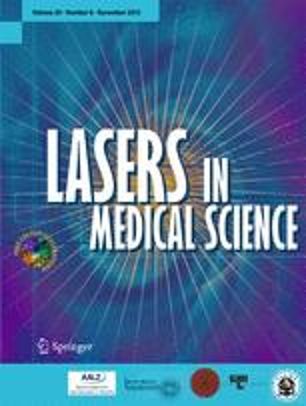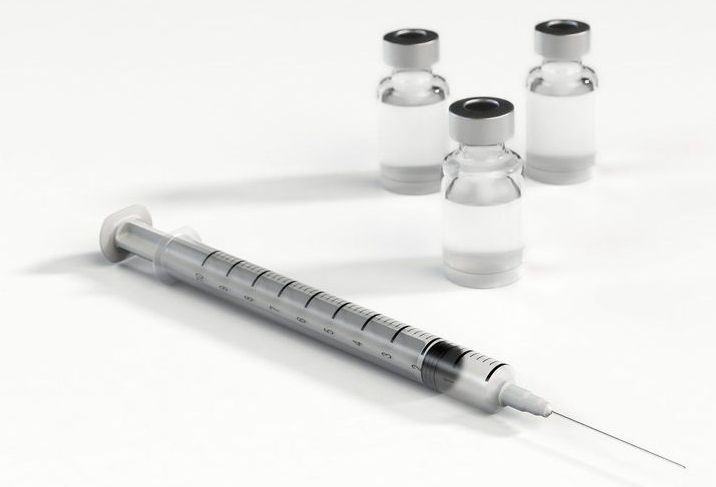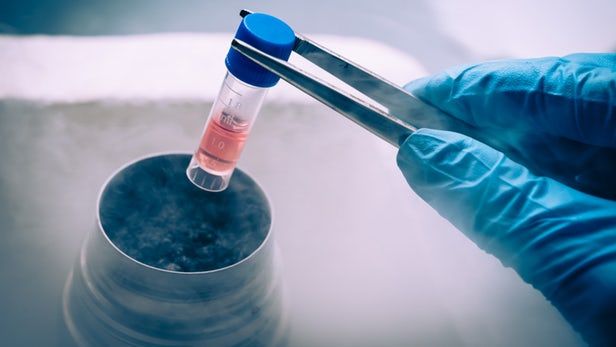Low-level laser therapy (LLLT) has been used in several in vitro experiments in order to stimulate cell proliferation. Cells such as fibroblasts, keratinocytes, lymphocytes, and osteoblasts have shown increased proliferation when submitted to laser irradiation, although little is known about the effects of LLLT on stem cells. This study aims to assess, through a systematic literature review, the effects of LLLT on the in vitro proliferation of mesenchymal stem cells. Using six different terms, we conducted an electronic search in PubMed/Medline database for articles published in the last twelve years. From 463 references obtained, only 19 papers met the search criteria and were included in this review. The analysis of the papers showed a concentration of experiments using LLLT on stem cells derived from bone marrow, dental pulp, periodontal ligament, and adipose tissue. Several protocols were used to irradiate the cells, with variations on wavelength, power density, radiation time, and state of light polarization. Most studies demonstrated an increase in the proliferation rate of the irradiated cells. It can be concluded that the laser therapy positively influences the in vitro proliferation of stem cells studied, being necessary to carry out further experiments on other cell types and to uniform the methodological designs.
Read more







